Reboot of “The Flintstones” In The Works
Let this happen!
Elizabeth Banks is teaming up with Warner Bros. Animation for a primetime animated adult comedy series inspired by The Flintstones but for a completely original idea, almost like a reboot only to spin-off. Not much is known about the series, but if you don’t know what The Flintstones is, here’s a detailed analysis.
By the 1960s, television had become the centerpiece of American homes. Most Americans only had one, and if you eventually ascertained a COLOR television, you were the most popular kid on the block.
A lot of the genres of television began to show up, most of which feature institutions and formulas such as your sitcoms, your variety shows, your late-night talk shows, and so on and so forth. While Warner Bros. Animation had done a solid job of taking care of the daytime (usually between 10 am to 4 pm), there wasn’t a huge representation for the animated format other than some half-hours usually consisting of repackaged theatrical shorts such as Tom and Jerry.
Born from the ashes of the MGM cartoon studio(best known for theatrical favorite Tom and Jerry), Hanna-Barbera, a new studio founded by William Hanna and Joseph Barbera following a coin-toss that would determine the name plate positioned on the front door of offices originally inhabited by Charlie Chaplin.
Unfortunately for Joseph Barbera, having an office that once helmed one of the greatest comedians and five cents bought you a boutique cup of coffee when it came to shopping a new television series, so Joe went to New York for several weeks pitching the premise for the very first animated series made for prime-time (the hours of 8 pm to 10 pm ET, with 7 pm eventually considered the “prime access” hour which is sort of a coin flip on content depending on the network or affiliate). On his last day in NYC, Joseph would get a series pickup after a 15-minute pitch to the ABC network, a fledgling station at the time whence compared to CBS and NBC.
The Flintstones was an opportunity for the network to differentiate itself from its competitors by offering a series that would offer an original alternative to the primetime live-action affair. And really it was a win-win scenario, because founders Joseph Barbera and William Hanna were trying to be something of an alternate themselves from the daytime animation market drowning in “kids-only” affair that Warner Bros. staked a hefty flag in. Pointing more towards their theatrical success of the slightly older-skewing Tom and Jerry series of the late 1950’s, a 90-second reel entitled The Flagstones was born and shopped to numerous advertising representatives of global corporations all over Manhattan only to be turned down for almost a month until ABC came along and offered to pick up the series.
The concept of the show was essentially an animated take on The Honeymooners, and even featured Alan Reed voicing the role as “Fred”, of whom at one point was actually doing voice-over for Jackie Gleason’s movies, would go on to voice the spitting image of “Ralph Kramden” alongside Jean Vander Pyl’s life-long love letter to Ralph’s wife “Alice” in the role of “Wilma”, Fred’s “way out of his league” wife in terms of looks, especially whence compared to Fred’s more “portly” appearance and knack for doing a lot of “napping” in his hammock.
Next door neighbor, drawn shorter and a tad slimmer than his pal, Barney was voiced by the literal voice-acting God of the century, Mel Blanc. Known for voicing Bugs Bunny, Porky Pig, and others, Mel had just come off a contract with Warner Bros. Animation and taken the gig on The Flintstones. And while you may be confused by the fact that the voice of “Barney” would sound different over the course of the first couple of seasons, you wouldn’t be alone as Mel would not only mess around with Barney’s voice to eventually land on the now more familiar “dopey” delivery we are now so used to, actor Daws Butler also had to play the role of Mel while the latter was hung up after a very serious auto accident.
Despite the series taking place in prehistoric times, the hometown of The Flintstones would feature a number of features that Americans had in everyday life, but slightly altered in a usually comedic way to account for the time period. One of the most popular examples of this concept, was the “Flintstones-mobile”, a car that was produced by a mankind that had no knowledge of 20th century engineering like engines and motors, had to be started by everyone in the car standing up, kicking really fast, and and then taking off.
The households inhabited by The Flintstones and other families like the Rubbles, would feature home appliances, you had your showers with water provided by an elephant, when Fred was at work, he used a brontosaurus for assistance, and when Fred needed to slam on the horn, the sound was provided by an onboard bird. And just when you think you were done with a simple scene with the animals, they’d often break the fourth wall, and complain (usually voiced by the man of a 1000 voices, Mel Blanc who also voiced “Dino”) about whatever ridiculous chore they had to provide for the thousandth time.
The Flintstones was just as gag-heavy as anything on TV at that juncture, and you can tell the writers had a ton of fun coming up with prehistoric adaptations of popular places and people. Usually the names featured some sort of inspiration from a mineral or rock similar to the show’s namesake, you had the “Rubbles”, Fred’s boss “Mr. Slate”, and even guest stars like Tony Curtis playing the role of “Stony Curtis”. Episodes would spoof popular franchises like Moby Dick (“Adobe Dick”) and the writers would utilize tropes that would be copied for decades like Fred joining a baseball team, or someone usually attempting to discover alternate career paths as ventriloquists or Wilma getting a gig on a cooking show, and even Fred’s dream sequence that would take the viewers to an alternate reality that featured a grown-up version of daughter “Pebbles”.
The growing working class that came as a result of most of America’s military post WWII had families with children at this juncture, and quality family time was just as good in front of the TV as anything else. Ignoring the “infinite wisdom” that came from publications like Variety (yes, the same Variety that broke the news for the revival story) who called the first episode, “a mess”, men all over the country watched The Flintstones and saw a guy in “Fred Flintstone” that was kinda like them, that liked doing stupid shit and hanging out with buddies at the local watering hole screaming, “YABBA DABBA DOOOOOO!!!” Women loved the fact that they could root for female characters that didn’t take lip from their husbands all the while popularizing the “CHARGE IT” catchphrase when they went to check out at the local retailer. We had to hold hands with the Flintstone couple as we spent a few weeks waiting for Wilma to have her new baby girl, “Pebbles” by the end of the show’s third season…primetime animated TV’s first legitimate story arc. Younger families can relate to the concept of practicing the routine of taking their pregnant wives to the hospital and Fred’s constant screwing up in attempting to be a dad.
Kids eventually got to see characters very similar to themselves or their brothers and sisters, not only with Pebbles, but with the eventual coming of Barney and Betty’s adopted son, Bamm-Bamm who was depicted as the usually more rambunctious of the two due to his brute strength that was usually the cause of ire of his parents, but sometimes came in use.
The Flintstones was for everyone, and as a result, the advertising possibilities were very indiscriminate in terms of demographic. Early episodes of The Flintstones featured Fred lighting up a Lucky Strike branded cigarette only to be followed up by being the inspiration for the famed Pebbles cereals, a franchise/breakfast cereal template that is still followed to this day, but with nowhere near the success. Both were targeted towards children, and the cartoons advertising the aforementioned products were all produced by Hanna-Barbera.
Hanna-Barbera had a hit for primetime, and while the other networks wanted a piece (CBS got a Summer taste in ‘61 with Where’s Huddles?), ABC enjoyed the fruits of the animation company’s perfected “limited animation” stylings which allowed for smaller production budgets, and more original intellectual properties. By the early ‘60’s, ABC had already commissioned Top Cat, The Jetsons, and Jonny Quest.

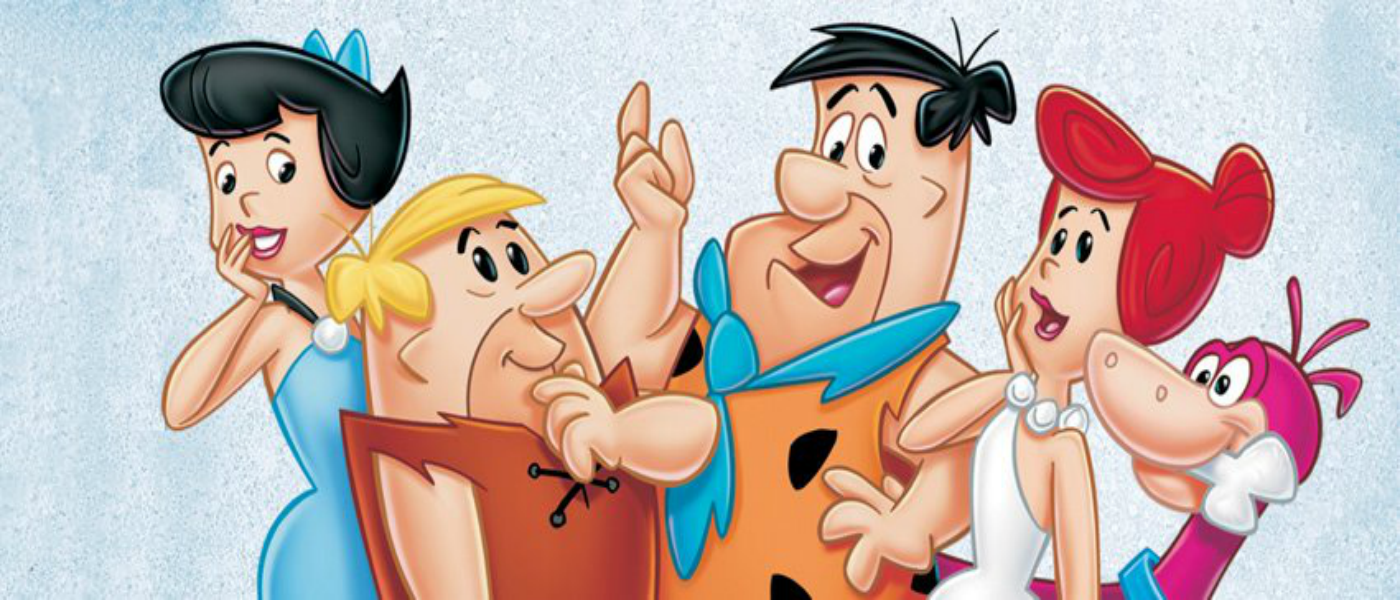

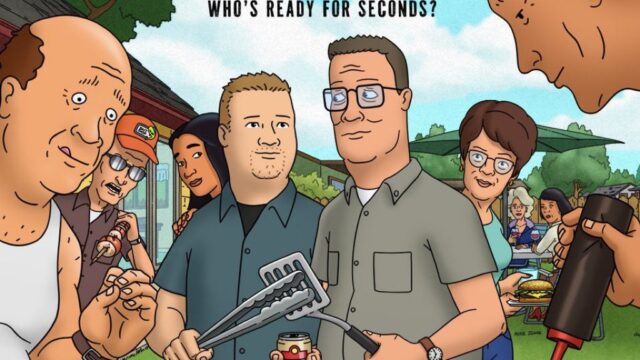
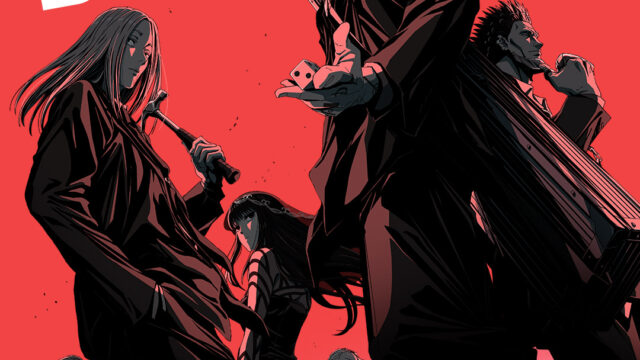


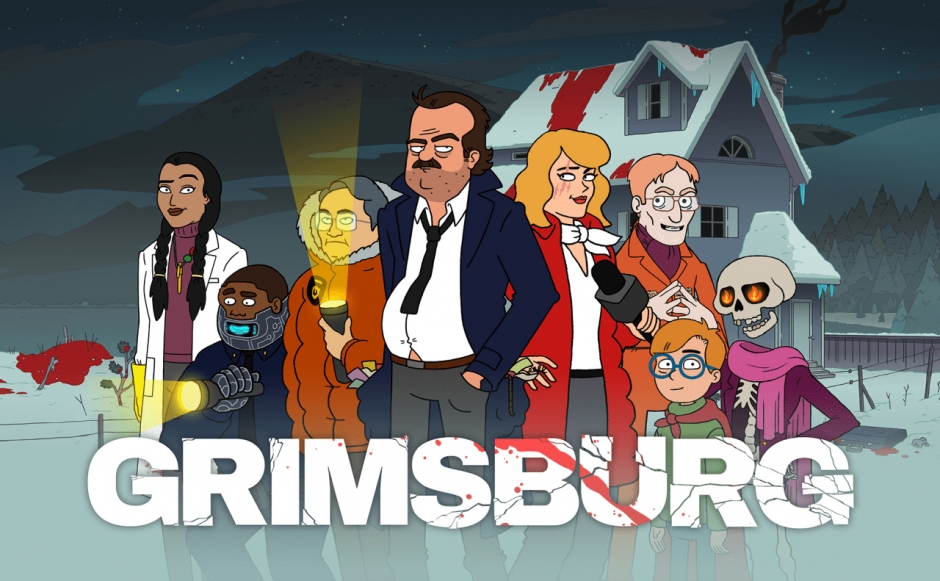

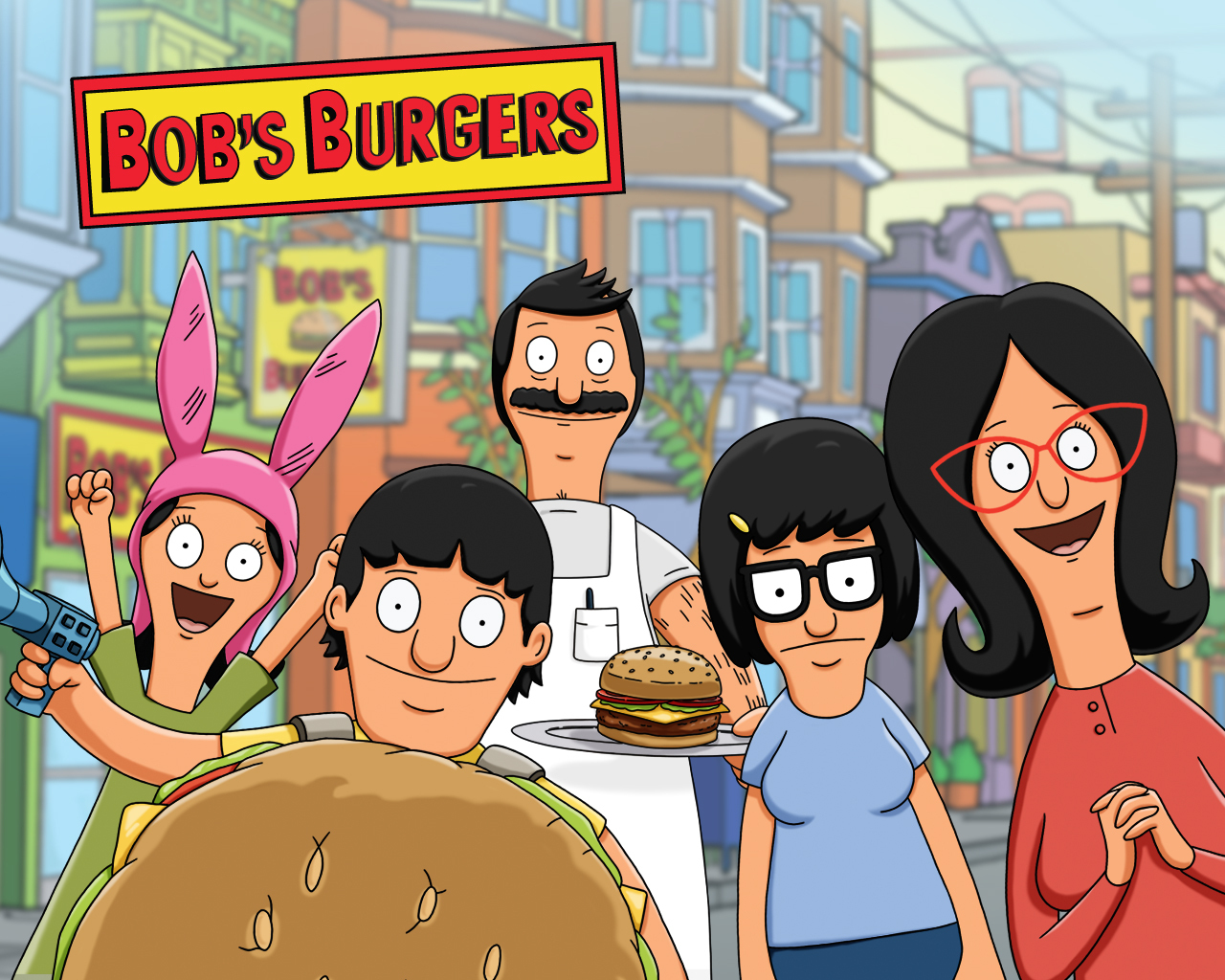









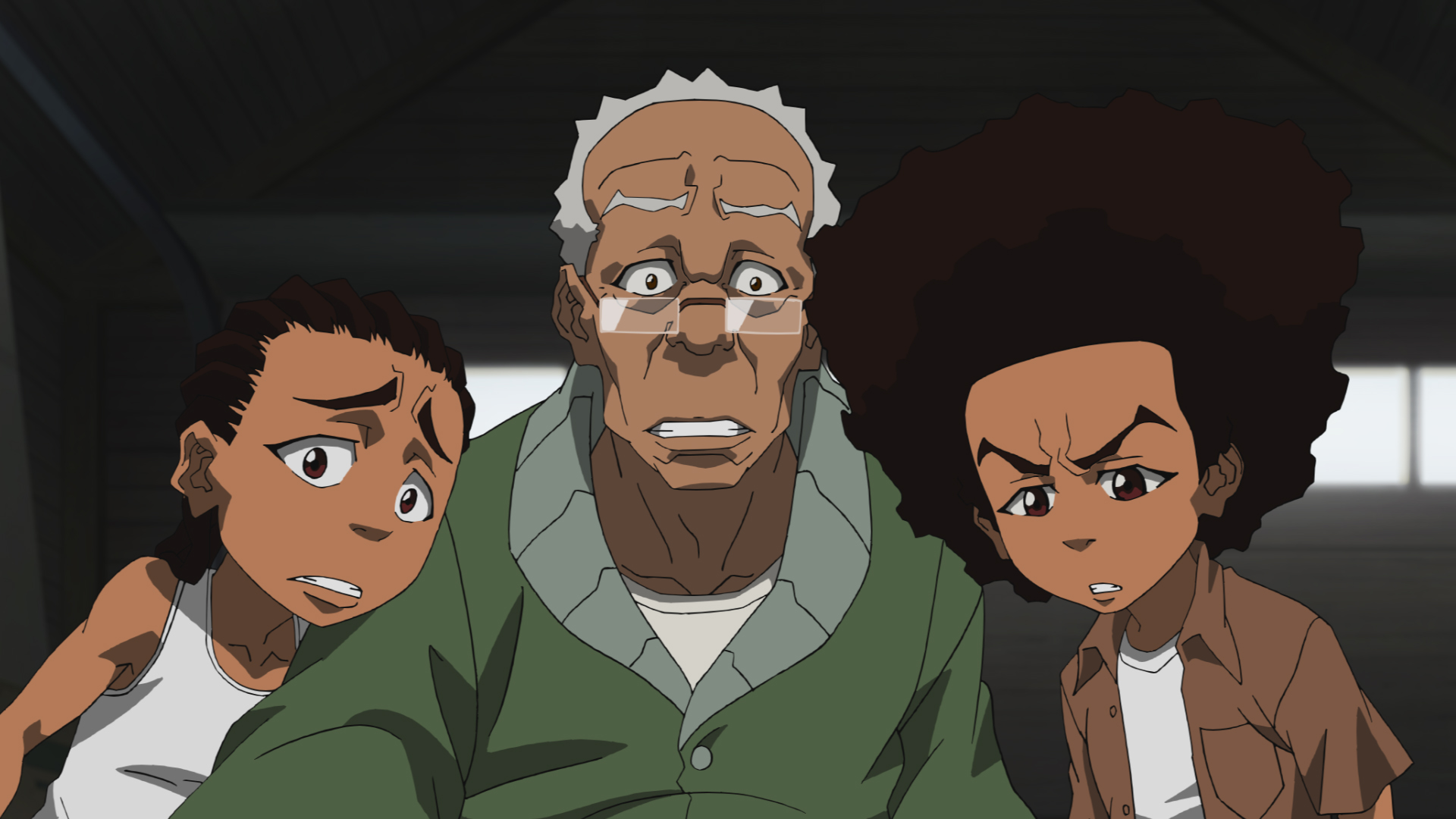





"There are also other characters that come and go (also owned by the Warner Bros. Discovery conglomerate media company)."
Huh. Is that just referring to other characters from the show itself, or is this implying that the new season is going to have cameos from other WBD IPs